-
Some Bat Sh*t Crazy Karma!
A few weeks ago on a much welcomed boating excursion, we anchored in a lovely cove for the evening. As dusk approached, the sunset and simple stillness were truly amazing. That is, until the bats came out… then it was funny!
Dive-bombing only my friend’s husband, “they’re harmless” and “it’s nothing” was the advice offered in between belly laughs.
Fast forward to this weeks’ event:
The incident started around 3:00 A.M. and ended roughly two hours later. Awakened by a “thump”, some fluttering and odd noises, I remembered the bathroom window (facing a wooded yard) was left slightly cracked sans the screen. One inch, it wasn’t wider than one inch – but enough for the little guy to get through. If you can roll your tongue with no vocals… that was pretty much it, like a low, soft motor.
Jolted from a sound sleep “what, where?” The cats were absolutely beside themselves, all I had to do was look in the direction of their interest. Then I spotted him, frantically flying from room to room, downstairs, upstairs, back and forth! The only audible was flapping wings and occasional fowl language when he flew directly overhead.
The wingspan was big, how did he get through that window, and why? This ain’t no bat house! What could have possessed the flying mammal to enter? A predator? Are bats territorial? Do owls eat them? They’re the only other nocturnal predator in the area, hey, I’m the birdhouse chick, not the bat lady!
It was evident the little guy was growing tired of all the commotion as well, he began perching/hanging from the ceiling in the bedroom. Of course this had to be in the vaulted part where nothing I had could reach him! With my nerves starting to finally settle, and realizing that pulling the sheets over my head wouldn’t solve anything, the plan was devised.
The bathroom-open the window all the way and get him back into the room from whence he came. Shut the door and he’ll figure it out with sounds of the great outdoors. Twice the opportunity presented itself and twice I failed, not fast enough for him. With stronger resolve, the third time was a charm. Done! His movement was still detected a few minutes later and then silence – he made it out alive… or at least I had hoped.
Waiting until daylight I opened the door slowly to be sure, no signs. Checking all possible nooks and crannies where he could’ve possibly dropped dead, I was convinced he escaped… it was awesome except for the next task at hand.
Bat guano detail… omg! It’s an innate habit of all living beings, a universal law of nature… poop when nervous. Droppings were found in every room of the house – but hey, at least it’s not liquid like bird poop, right?
So there it is, because I laughed at my friend while being dive-bombed by bats on the lake, karma came back tenfold. Literally Bat Sh*t crazy, ay?
- Bird Houses, Copper Roof Birdhouse, Decorative Bird Houses, Dovecote Birdhouse, Uncategorized, Unique Birdhouses, Vinyl with Copper Roof Birdhouses
Who Uses Those Fancy Copper Roof Birdhouses?
Some birds use houses and some just couldn’t be bothered. Well, it’s more along the lines of instinct let’s say. Just as some folks have houses for birds, while some prefer an elegant birdhouse on their property. It’s because of the aesthetically pleasing design and great quality they look so perfect in the landscape. But these copper roof birdhouses are definitely meant for the birds!
Bluebirds or tree swallows are likely to use a single entry home, with good chances of titmice, nuthatches or chickadees taking up residency in these, or even a triple-entry style. You’ll never find goldfinches, cardinals, robins or jays setting up house in one of these beauties though. Their preferences are hedges, shrubs and trees.
On a more stately scale, martins are likely to nest in a larger house with 8 or 12 entries, often referred to as
dovecote styles, but we promise… doves will never use them! The only doves around our yards are mourning or ring-neck doves. On an extremely rare occasion, a white dove may be spotted-but these are domesticated and used for release at weddings and special events (not a fan of this practice).
Nobody will use any of these stunning birdhouses if you:
- never tend to it
- block the entries
- keep it indoors for decor… but over the years we’ve heard this and seen this, and it’s kind of sad because we’re bird freaks-but to each his own. Chocolate and vanilla, right?
One important thing to note if you’re planning to provide these houses specifically for birds to nest and raise their young: house sparrows! Once heard of as sparrow slums, the multi-entry houses are always inviting to killer house sparrows. And killer in its true meaning, (not like killer-awesome) house sparrows are very aggressive towards native songbirds. Due to a shortage of natural nest cavities, competition for nesting space is brutal… just ask any bluebird or martin landlord 🙁 If house sparrows are prevalent in your area, diligence is required to keep them at bay… regardless of any birdhouse you may offer. Don’t take our word for it, detailed info on identifying and controlling these non-native and invasive birds can be found at sialis.org
-
Gear Up that Window Hummingbird Feeder
The southern trek approaches and hummingbirds instinctively know to fuel up for the long journey. As daylight hours become shorter, all migratory birds are preparing for their long flights south.
Because hummingbirds are so territorial, they seem to spend more time fussing over (defending) their claimed feeders than actually eating. This time of year can be a trip if you really observe the tiny sprites. Adding an extra feeder is most helpful, if you can add two… even better. Consider a window hummingbird feeder, or at least placing one of them within view from inside your home. It’s an ideal way to catch small glimpses of action here and there while going about your daily routine. If we could sit on the deck all day and just watch… many of us would, the sprites are that mesmerizing.
Migration is a frenzied time around feeders. In the Eastern part of the country, male Ruby Throats begin their journey first. So aggressive around feeders, it seems their lives depend on that nectar. Females and juveniles follow, but you’ll never see them in groups or flocks because they fly solo. Even first-timers follow the instinct Mother Nature gave them to fuel up and find better digs for winter. Some land in Mexico for the season, while others
journey further to Central and South America.
Nectar solutions can be a little stronger now as some recommend changing the ratio from the standard 1:4 to 1:3. One cup table sugar to three cups of water. The extra calories serve hummingbirds well in their quest to fatten up.
It’s also the optimal time for a swing! Say what? A hummingbird swing… really! Have you ever seen them? They’re hanging perches for the birds to rest while guarding their feeder. When we first installed ours, it seemed so-so, not a whole lot of action. But once the big migration was under way… omg, what a hoot! It’s the original, it’s Pop’s Hummingbird Swing and here’s the real story – enjoy!
Hummingbird Feeders
about feeders & accessories

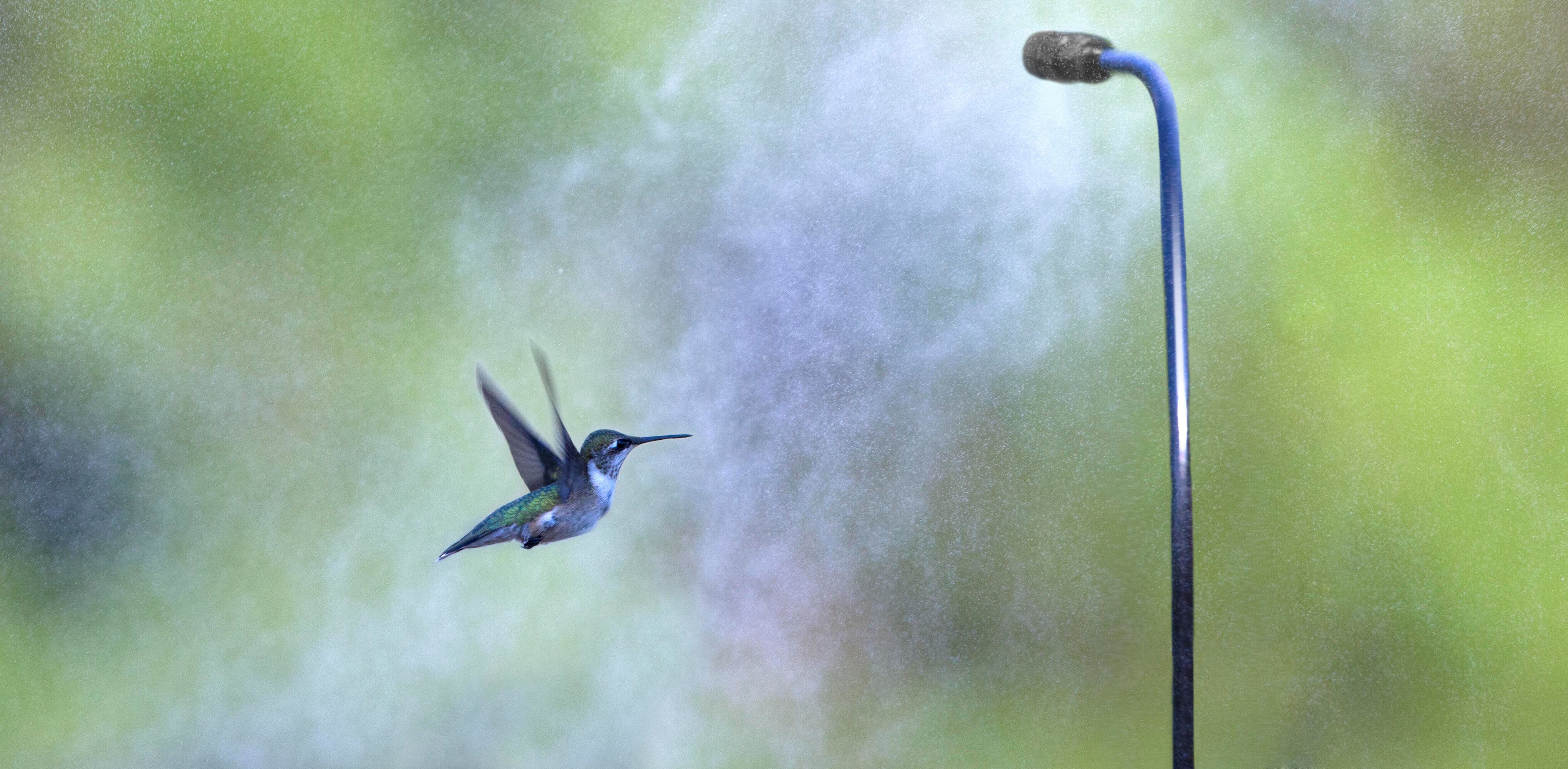
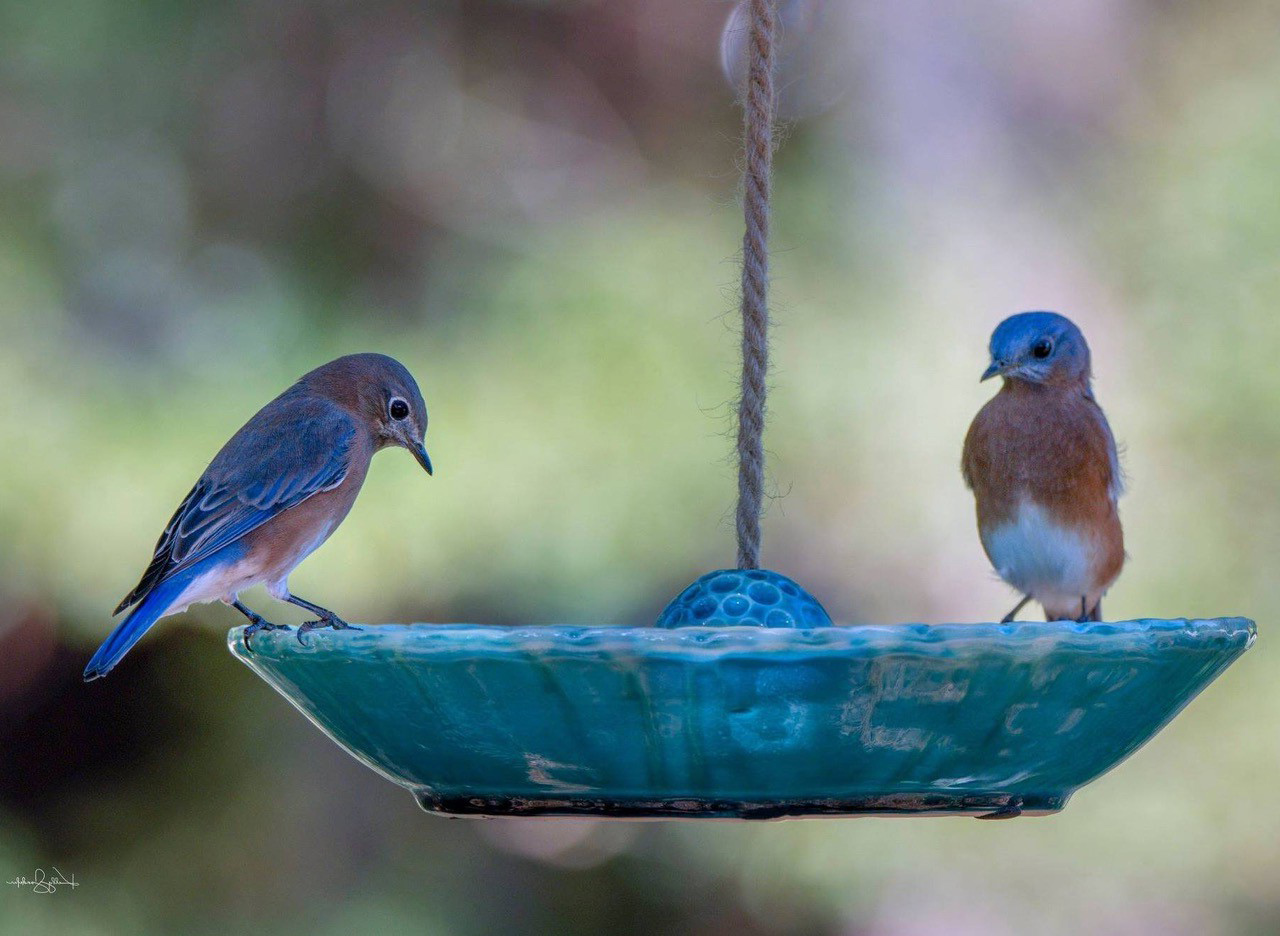
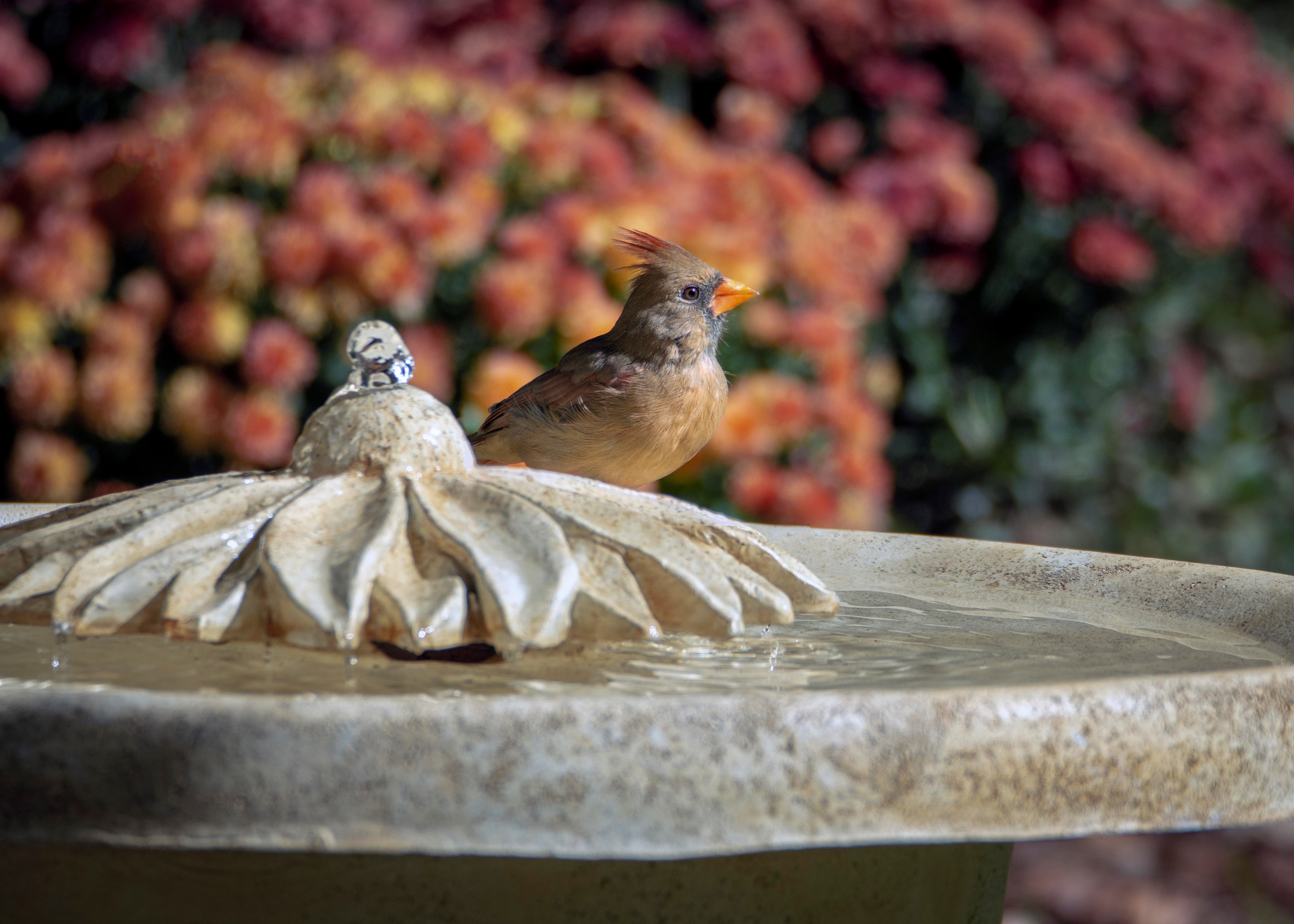


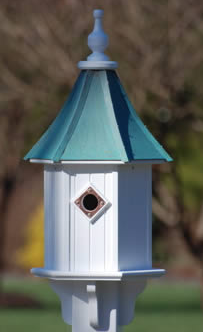
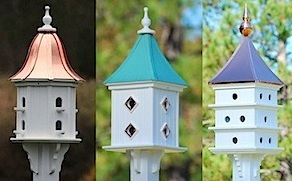
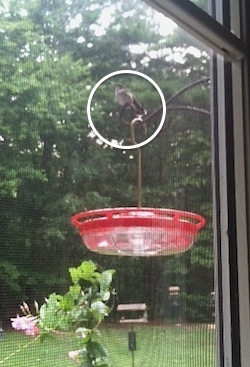
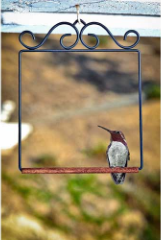 journey further to Central and South America.
journey further to Central and South America.